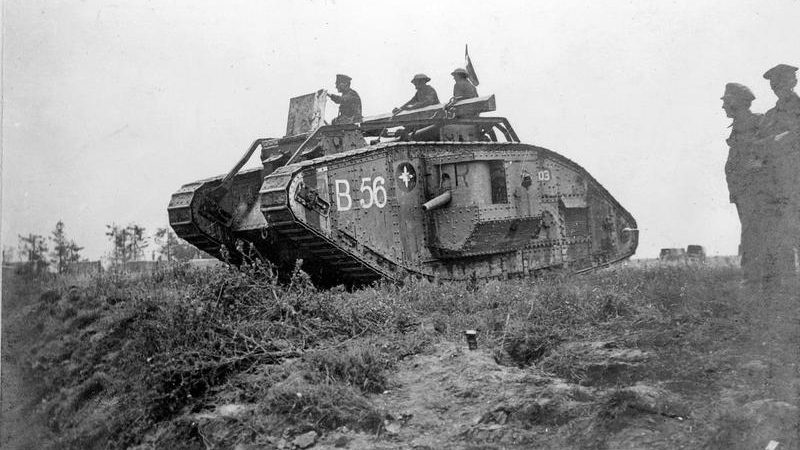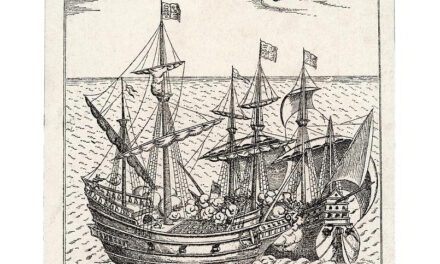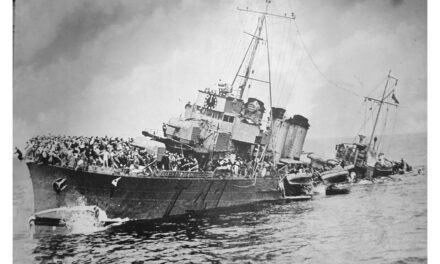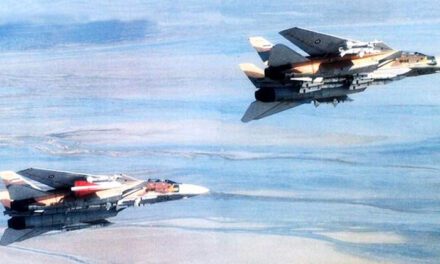History Guild General History Quiz 109
See how your history knowledge stacks up!
Want to know more about any of the questions? Once you’ve finished the quiz click here to learn more.
Have an idea for a question? Suggest it here and we’ll include it in a future quiz!
The stories behind the questions
1. The bombing of Guernica was part of which conflict?
Spanish Civil War – One of the first aerial bombings that caused extensive damage to a city, in 1937 the German and Italian forces supporting Franco’s forces in the Spanish Civil War razed the Basque city of Guernica to the ground. This was captured by many artists at the time, including Picasso, who produced his famous anti-war painting Guernica.
2. Who wrote Utopia in 1516?
Thomas More – Utopia is a work of satire, describing an imagined country in South America. There is still significant debate as to Moore’s reasons for writing the book. It can be interpreted as critical of Catholicism, however his own actions and stated beliefs strongly supported the established Catholic doctrine in Europe at the time.
3. In 1711 the South Seas Company was formed with what aim?
To transport slaves from Africa to South America and the Caribbean – The South Seas Company was a British joint-stock company founded in 1711. In 1713 the company was granted a monopoly to supply African slaves to the islands in the “South Seas” and South America. The price of its stock went up over the course of a single year from about £100 to almost £1000 per share. Its success caused a country-wide frenzy as all types of people, from peasants to lords, developed a feverish interest in investing: in South Seas primarily, but in stocks generally. One famous apocryphal story is of a company that went public in 1720 as “a company for carrying out an undertaking of great advantage, but nobody to know what it is”. The price started to fall, dropping back to £100 per share before the year was out. This triggered bankruptcies amongst those who had bought on credit, and increased selling.
4. The treaty of Versailles required Germany to demilitarise which region?
The Rhineland – The Treaty of Versailles imposed many conditions on Germany in order to limit her ability to fight aggressive war. In 1936 Nazi Germany reoccupied the Rhineland, which breached the terms of the Treaty, but was not opposed by Britain or France.
5. Which state, which gained independence from Britain in 1971, is ruled by The House Of Thani?
Qatar – The House Of Thani is the ruling family of Qatar, whose origins can be traced back to Banu Tamim tribal confederation.
5. British access to which resource gave it a significant benefit in the Industrial revolution?
Coal – Coal allowed Britain to adopt steam powered manufacturing equipment on a large scale, as well as steam locomotives and steam ships to move the raw materials and finished goods.
6. Which national group did King Roger II of Sicily belong to?
Normans – Around 999 CE Norman knights began arriving in southern Italy and Sicily, where they became enmeshed in the local politics. In 1130 Normans under Roger consolidated their control of Sicily and he was crowned King Roger II. The Normans maintained strong links to the Crusader states of Outremer.
7. What percentage of British combat deaths during WW1 were caused by gas?
1.5% – While gas warfare was a new and terrifying aspect of the war, it caused few deaths. Artillery was far and away the biggest killer, causing 58% of deaths.
8. What year did Napoleon die?
1821 – Read more about Napoleon’s legacy Brilliant and Flawed: The Enduring Legacy of Napoleon Bonaparte
9. The transport Awagisan Maru was the first Japanese ship sunk during WW2. What sank her?
A bomb from a RAAF Hudson bomber – Read more about this action Australia’s first action in the Pacific in World War II a valiant catastrophe
10. Which artist produced these three pieces?
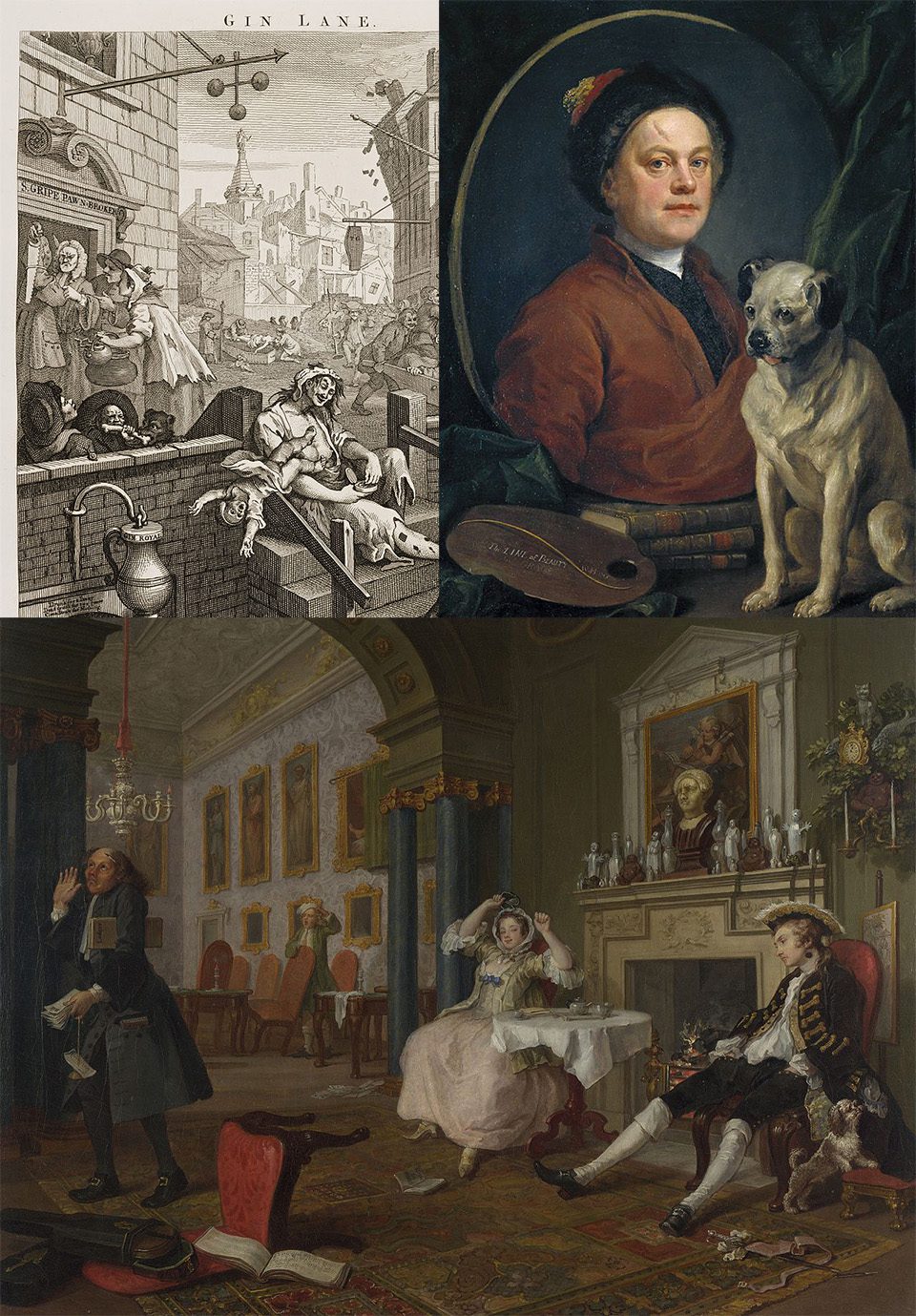
William Hogarth – Hogarth was an English painter, printmaker, pictorial satirist, social critic, and editorial cartoonist. His work ranges from realistic portraiture to comic strip-like and he is perhaps best known for his series A Harlot’s Progress, A Rake’s Progress and Marriage A-la-Mode. Knowledge of his work is so pervasive that satirical political illustrations in this style are often referred to as “Hogarthian”.


